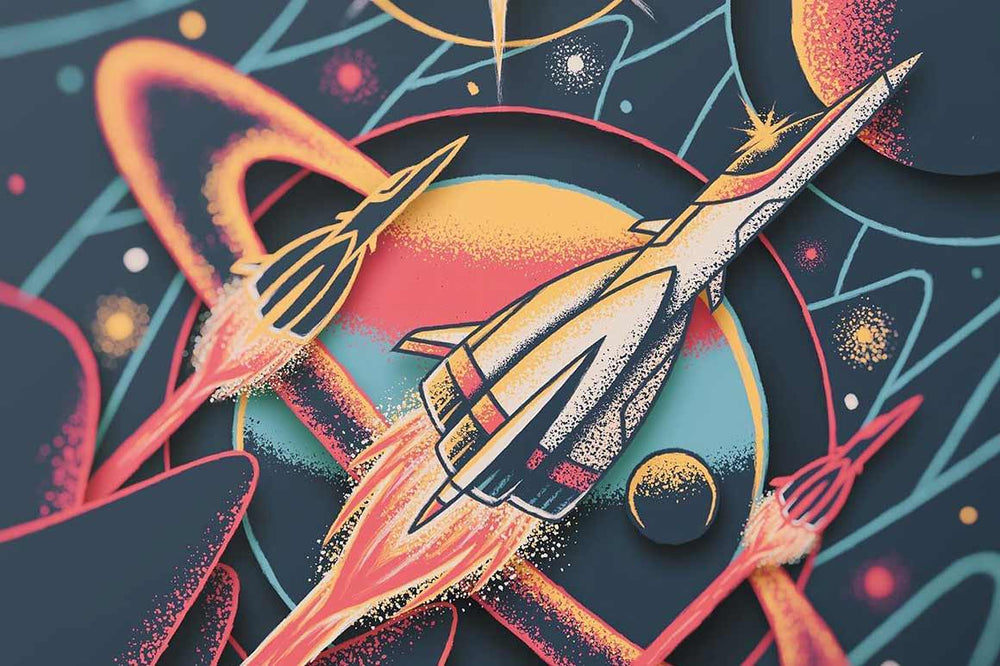Many designers and illustrators struggle to find their style. What's your best advice to help other designers find their style?
I love this question! I really think the "goal" of finding a style hinders you. I have never met a successful illustrator that was in constant search of an awesome style to fall into. The best thing to do is constantly execute/complete quality work that excites you. The more you make things you love, the more you'll want to do what you do, the more projects you'll complete, and the better and better you'll get at your craft.
Eventually you'll start tapering off elements and techniques of your completed work and naturally come up with something that becomes your "style." At first it really doesn't matter if you're doing all kinds of different things... It's exploration for a reason. Instagram is great practice for that, as you'll be getting feedback and reception from your work as well.
A good way to find that "thing" that excites you to complete an illustration or project is to look back into things you liked as a child, and still like today. I love rockets, space ships, jet planes, and pretty much everything Aerospace.
My dad used to take me to air shows whenI was a child all the time, that's where all that joy and excitement to do this work comes from.


